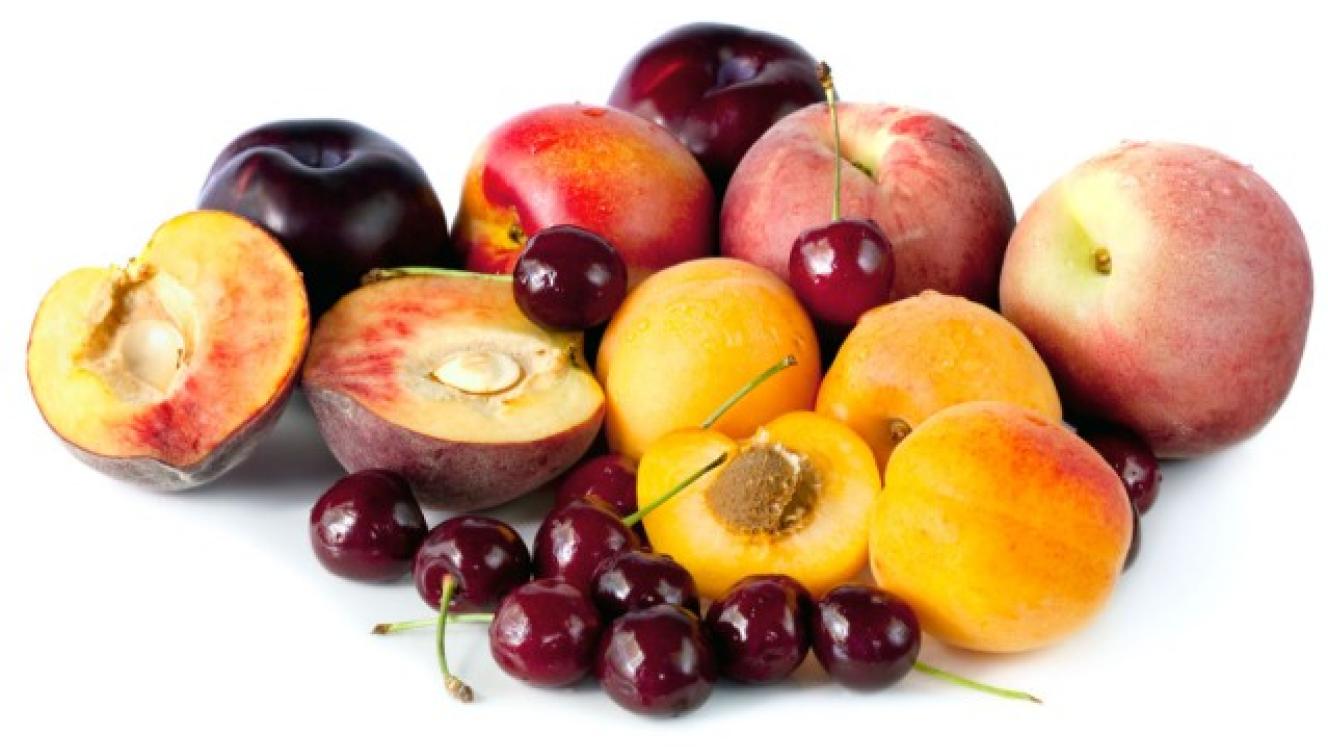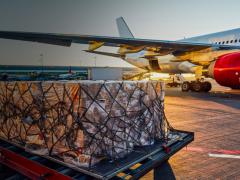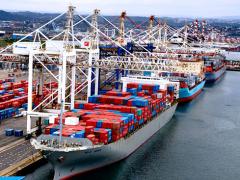South African stone fruit is one step closer to hitting shelves in China, with the final agreement for market access expected to be signed in September.
Speaking at the Exporters Western Cape earlier this week, Minister of Agriculture John Steenhuisen said this was part of an ongoing strategy to diversify agricultural export markets.
“You are one of the first audiences to hear,” he said.
“I have just returned from China and I did so with the protocol for the export of stone fruit to China in my hand. We intend to sign the final agreement on the sidelines of the Agri G20 in September. Hopefully, by the end of the year, South African exporters will have access to China for peaches, plums, prunes, nectarines and apricots.”
He said the deal was a significant step forward in widening and deepening existing trade relations with China.
“Just a few months ago, our first shipment of avocados landed in Shanghai. I think this reflects the fact that there is a demand for South African products around the world.”
Steenhuisen was addressing exporters on the United States’ decision to impose 30% tariffs on a wide range of South African products from August 1 – a move expected to hit the country’s economy hard.
He said that while South Africa had been working on diversifying its agricultural export markets for some time, establishing new trade relationships took years. In light of growing trade tensions with countries like the US and even the European Union – where a long-standing dispute over citrus and black spot continues to serve as a non-tariff barrier – the country is increasingly looking to the East and Africa for new opportunities.
“There is a lot of effort going into diversifying our markets beyond our traditional partners,” he said.
“We’ve spent a great deal of time working to get our apples into Thailand, our grapes into the Philippines and red meat into the Gulf, along with other products.”
He said the aim was not just to break into new markets, but to strengthen existing trade relationships.
“There are a lot of opportunities to deepen and widen the trade we’re doing in these countries and regions.”
Looking closer to home, he said Africa offered real potential for growth.
“We have to be bold about looking at Africa. I think there are real opportunities for expansion on the continent – but only if we can align our customs systems, upgrade our logistics corridors and support regional standards that don’t end up becoming non-tariff barriers to the movement of goods and services.”
He said the growing international demand for South African agricultural products was encouraging – not only as part of the country’s market diversification strategy but also in terms of its potential to influence developments with the US.
“I think this reflects the fact that there is strong demand for South African products around the world.
“I also believe it’s going to be one of the reasons we eventually see upward pressure from US consumers on their own government. One thing you can count on with Americans is that they like choice, they like options. That’s why when you walk into their supermarkets, you don’t just see five or six brands of baked beans; you’ll find entire aisles dedicated to different types of baked beans. What’s going to happen now is those shelves are going to start running empty.”
According to Steenhuisen, access to the US market was not only beneficial to South Africa but also to American consumers.
“They get access to really world-class products at a great price, with the highest levels of standards. That has to be a win for their consumers. If we’re cut out of that market, it means their consumers will end up paying more for goods. The American citrus industry is already in deep trouble.”
He said the country continued to battle greening, a bacterial disease affecting citrus crops.
“They’ve got greening in a lot of their products and they’re going to need good quality citrus to meet the demands of their markets. So, as we begin this process of diversification, we must move forward confidently and boldly, seeking new opportunities while also holding on to, nurturing and expanding our existing trade agreements.”













